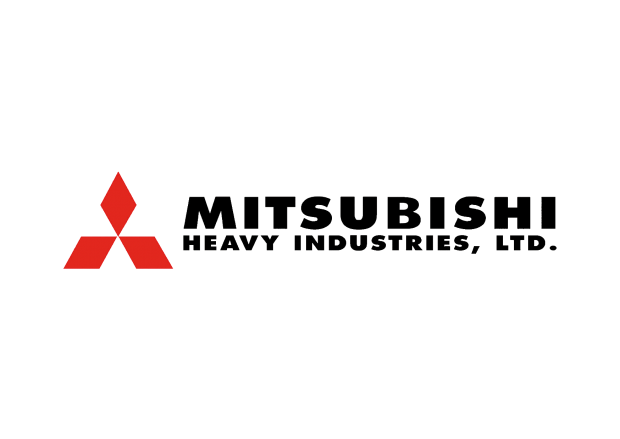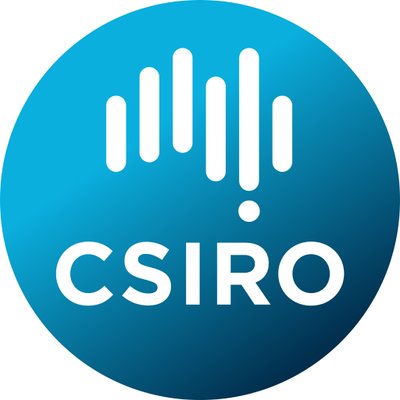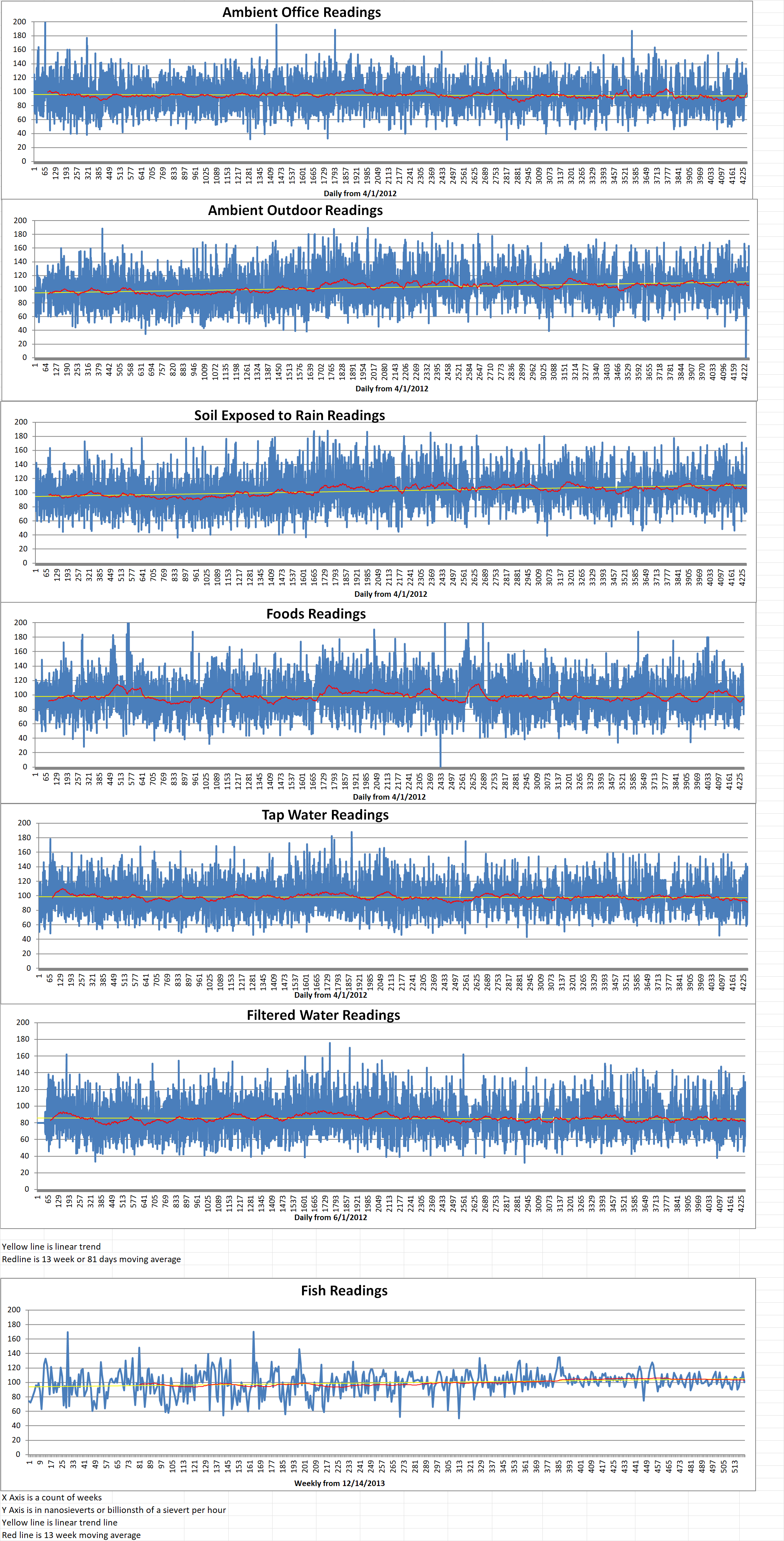Mitsubishi Heavy Industries (MHI) has been awarded a contract to provide an additional twelve outer vertical targets for the divertor to be used in the International Thermonuclear Experimental Reactor (ITER). MHI has already delivered six of the components.
The value of the contract was not disclosed. It was awarded by Japan’s National Institutes for Quantum Science and Technology (QST). It follows the initial production order for the manufacture of six units (Unit 1 – Unit 6) received in 2021.
With the additional twelve units (Unit 7 – Unit 18), MHI will manufacture eighteen of the total fifty-four outer vertical targets. MHI said production of these units will be completed successively. Delivery to QST expected to begin in 2026.
The divertor is one of the core components of the fusion reactor in the tokamak. It removes the helium residue in the core plasma produced by the fusion reaction, unburned fuel and other impurities. It also removes high heat load and particle loading, which are necessary for stable confinement of the plasma. The divertor contains four parts: the outer vertical target is being procured by Japan, the cassette body and inner vertical target are being manufactured in the EU, and the dome being constructed in Russia.
The heat load on the divertor reaches a maximum of twenty-four megawatts of thermal energy per square yard. The outer vertical directly faces the plasma due to its structure. It is used in an extreme environment where it is exposed to the heat load and high energy particle loading from the plasma, and its structure has an extremely complex shape requiring high-precision fabrication and processing technology.
MHI has previously received orders for production for five (of a total of nineteen) toroidal field coils, another core component of ITER, all of which were shipped by 2023.
In mid-2022, the MHI delivered equipment for confirming and demonstrating the safety of the ‘blanket’ of the ITER. The blanket is one of the components that is a part of the inner wall of the fusion reactor. The testing equipment provided by MHI comprised four systems: the High Heat Flux Test Equipment, the In Box Water Eruption Test Equipment, the Be-Water Reaction Test Equipment, and the Flow Assisted Corrosion Test Loop.
MHI said that, “Going forward, MHI will continue its efforts for manufacturing of major components such as the divertor and equatorial launcher. In addition, MHI will actively support the design and development of the fusion prototype reactor which is planned to be constructed following the ITER project, contributing to the realization of fusion energy.”
ITER is a huge international project to build a tokamak fusion device in Cadarache, France, designed to prove the feasibility of fusion as a large-scale and carbon-free source of energy. The goal of ITER is to operate at five hundred megawatts (for at least four hundred seconds continuously) with fifty megawatts of plasma heating power input. It is possible that an additional three hundred megawatts of electricity input may be required in operation. No electricity will be produced by ITER.
Thirty-five nations are collaborating to build ITER. The European Union is contributing almost half of the cost of its construction, while the other six members (China, India, Japan, South Korea, Russia and the USA) are contributing equally to the rest of the cost. Construction of ITER began in 2010 and the original 2018 first plasma target date was put back to 2025 by the ITER council in 2016, but is currently in the process of being revised again.
Blog
-

Nuclear Fusion 70 – Mitsubishi Heavy Industry Is Delivering Components To The ITER Project.
-
Nuclear News Roundup May 21, 2024
Russia says it may take extra nuclear deterrence steps if US puts missiles in Europe/Asia yahoo.com
Iran’s Nuclear Threat Escalates as US, European Allies Appear at Odds iranintl.com
Think tank close to Kremlin says Russia should consider a ‘demonstrative’ nuclear explosion yahoo.com
White House makes push for large nuclear reactors eenews.net
-

Geiger Readings for May 21, 2024
Ambient office = 99 nanosieverts per hour
Ambient outside = 105 nanosieverts per hour
Soil exposed to rain water = 108 nanosieverts per hour
Blueberry from Central Market = 112 nanosieverts per hour
Tap water = 88 nanosieverts per hour
Filter water = 80 nanosieverts per hour
-

Nuclear Reactors 1394 – Latest CSIRO and AEMO Report Concludes That Renewables Are Cheapest Energy For Australia
The consultation draft of the 2023-24 GenCost report released today confirms that firmed renewables are the cheapest form of reliable energy in Australia now and to 2030. The GenCost report is an annual collaboration between Australia’s national science agency, CSIRO, and the Australian Energy Market Operator (AEMO).
The new report further proves that the Albanese Government’s plan to deliver a cheaper, cleaner and more reliable grid through the expanded Capacity Investment Scheme, Rewiring the Nation, and the Gas Code is the cheapest and best path for our country as aging and increasingly unreliable coal-fired power continues to be retire.
The report shows that utility-scale solar and onshore wind costs including transmission and storage, are two to seven times cheaper than new coal and small modular nuclear reactors (SMRs). This reflects Australia’s huge natural advantage in renewable resources.
Solar energy continues to put downward pressure on energy prices. The recent seventy one percent drop in wholesale prices per year is due in large part to increased rooftop solar.
AEMO’s roadmap for the future Australian grid, the Integrated System Plan (ISP) released last week, also confirms that a renewable grid with hydro, batteries, flexible gas and transmission is the cheapest way to deliver a secure and reliable energy grid.
The Australian Government is expanding the successful Capacity Investment Scheme to deliver thirty-two gigawatts of new capacity for the long-term reliable, affordable and low-emissions energy system Australians deserve. Rewiring the Nation deals with NSW, Victoria, Tasmania and WA which are unlocking and keeping a lid on prices for the necessary transmission build.
The LNP’s approach in Government was to watch as twenty-four aging coal plants providing a total of twenty-seven gigawatts announced closure dates with no plan for replacement.
Their current ‘plan’ is to halt all new renewable and transmission development at the same time AEMO forecasts ninety percent of aging and increasingly unreliable coal plant will retire by 2035. They are to be replaced by SMR technology, which CSIRO and AEMO find can’t reach first full operation until 2038 at the earliest.
The Draft GenCost report also provides detailed examples of real world nuclear SMR development. This includes cost blow outs of seventy percent. However, there is currently not a single commercial SMR project anywhere in the world.
The latest GenCost report reiterates what is already known. Renewable energy is the cheapest form of energy in Australia now and in 2030, even when accounting for storage and transmission costs. The report states that “The Albanese Government is making sure more households and businesses have access to abundant, affordable renewables. After a decade of vandalism and neglect of Australia’s energy grid by the LNP, the Albanese Government is on a unity ticket with our grid operators – to deliver a secure, reliable and affordable grid with firmed renewables. CSIRO’s report also shows that renewables, particularly wind and solar, remain frontrunners as Australia’s cheapest and most effective options to deliver a reliable grid to continue to power Australian industry and households. Cheaper renewable energy generation means more clean-green jobs for Australians. We’ve set aside $3 billion in the National Reconstruction Fund to support the growth of Australia’s renewable and low-emissions energy industries and meet growing demand in international supply chains.”
CSIRO and AEMO intend to release the final report in mid-2024. -
Nuclear News Roundup May 20, 2024
Tri-Valley Energy Provider Will Decide Whether to Add Nuclear Power to Mix independentnews.com
South Africa inaugurates ‘first of its kind’ nuclear medicine hub researchprofessionalnews.com
Taiwan’s Government Open to Possibility of Continuing Nuclear Power menastar.com
Slovenia estimates cost of JEK2 nuclear new build project neimagazine.com
-

Geiger Readings for May 20, 2024
Ambient office = 93 nanosieverts per hour
Ambient outside = 76 nanosieverts per hour
Soil exposed to rain water = 73 nanosieverts per hour
Avocado from Central Market = 99 nanosieverts per hour
Tap water = 79 nanosieverts per hour
Filter water = 64 nanosieverts per hour
-
Nuclear News Roundup May 19, 2024
DOE unveils process for Russian LEU import waivers world-nuclear-news.org
Study to assess benefits of Hartlepool SMR plant world-nuclear-news.org
First Portable Nuclear Microreactor Publicly Listed in the U.S., Pledges Support to the World Nuclear Association’s Net Zero Nuclear Industry Initiative globenewswire.com
-

Geiger Readings for May 19, 2024
Ambient office = 98 nanosieverts per hour
Ambient outside = 157 nanosieverts per hour
Soil exposed to rain water = 161 nanosieverts per hour
Tomato from Central Market = 99 nanosieverts per hour
Tap water = 140 nanosieverts per hour
Filter water = 129 nanosieverts per hour
-
Nuclear News Roundup May 18, 2024
ITER cryopump passes factory acceptance tests neimagazine.com
Fuel loading completed at France’s Flamanville 3 EPR world-nuclear-news.org
Innovative piping rehabilitation solution to be used at US plant world-nuclear-news.org
IAEA’s Grossi highlights continued Zaporizhzhia power supply concerns world-nuclear-news.org
-

Geiger Readings for May 18, 2024
Ambient office = 109 nanosieverts per hour
Ambient outside = 163 nanosieverts per hour
Soil exposed to rain water = 164 nanosieverts per hour
Red bell pepper from Central Market = 82 nanosieverts per hour
Tap water = 85 nanosieverts per hour
Filter water = 70 nanosieverts per hour
Dover Sole from Central = 100 nanosieverts per hour
